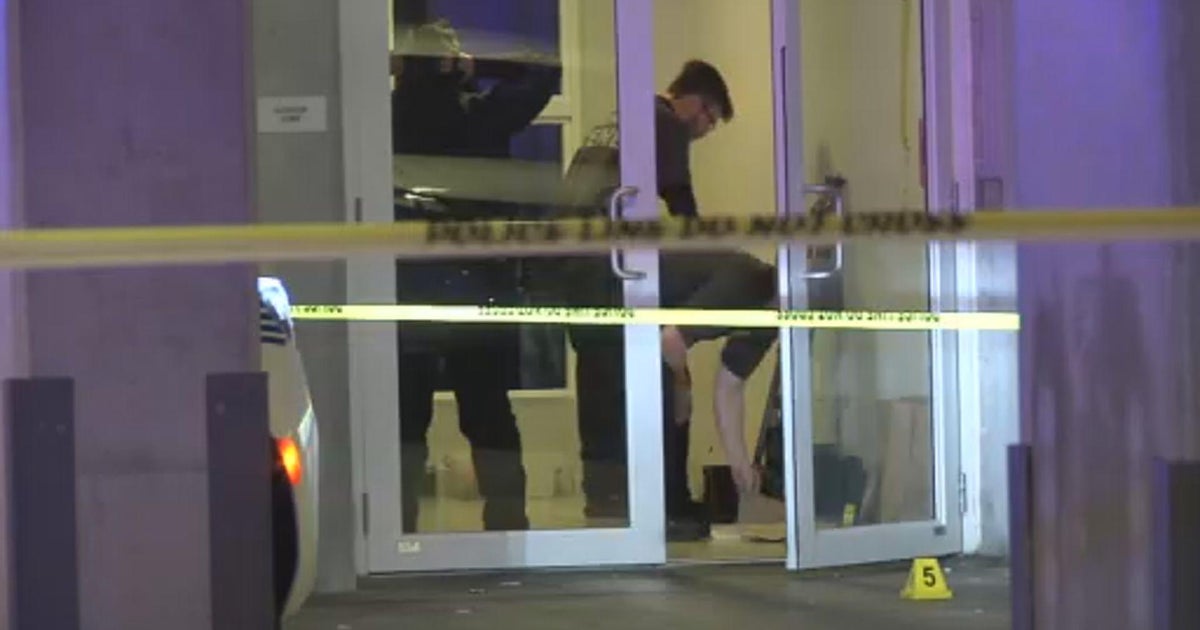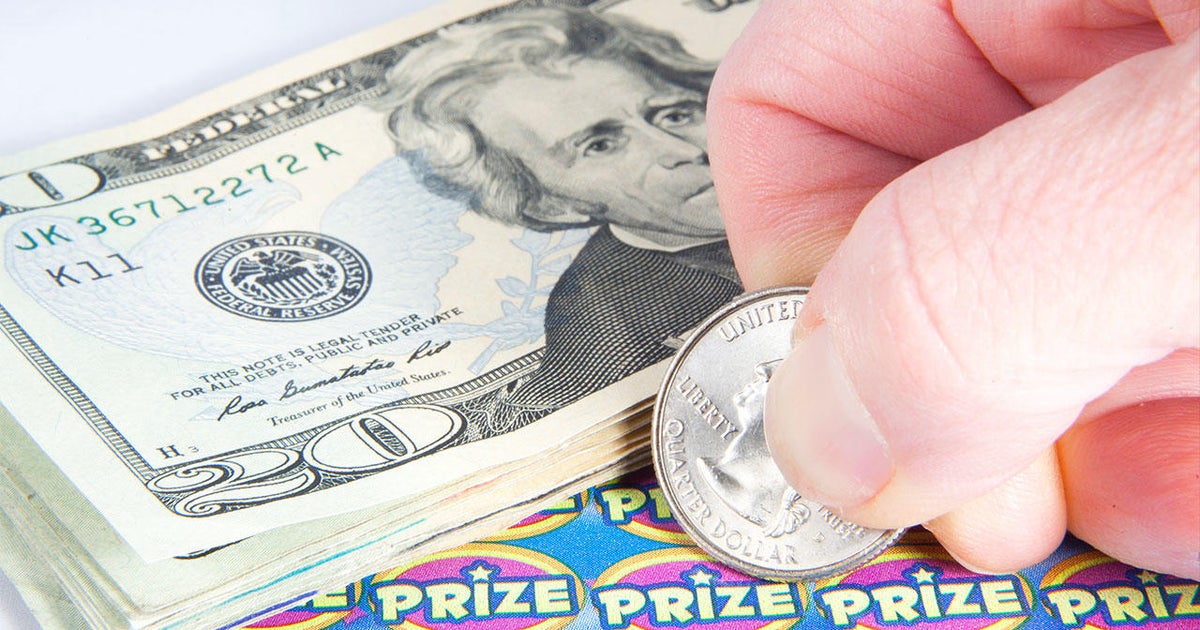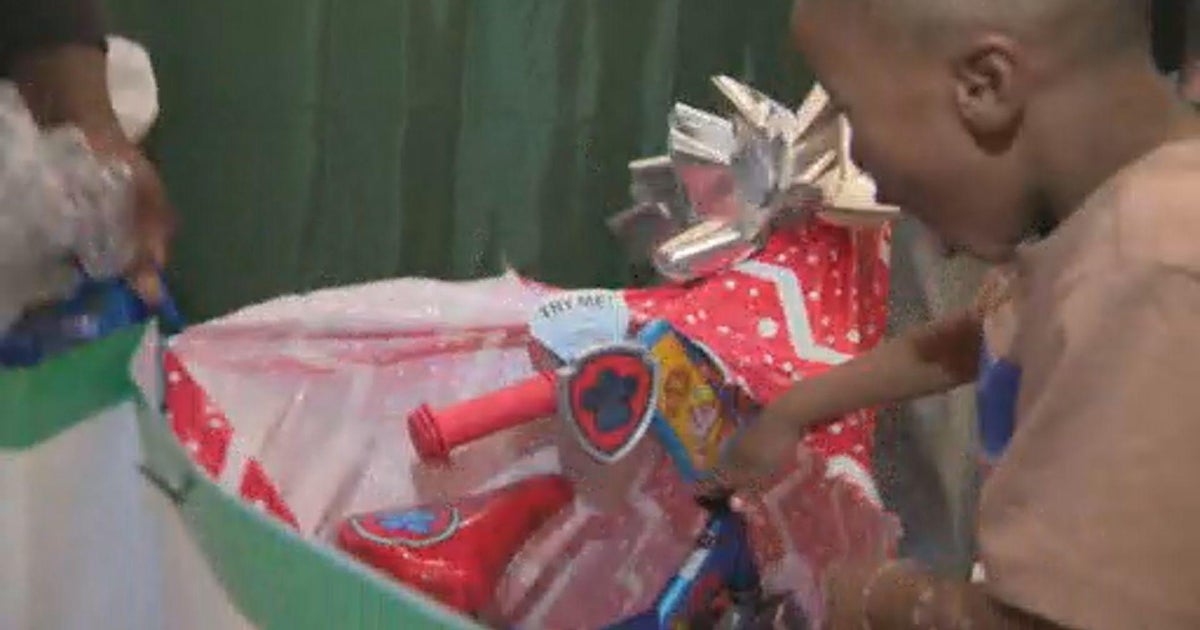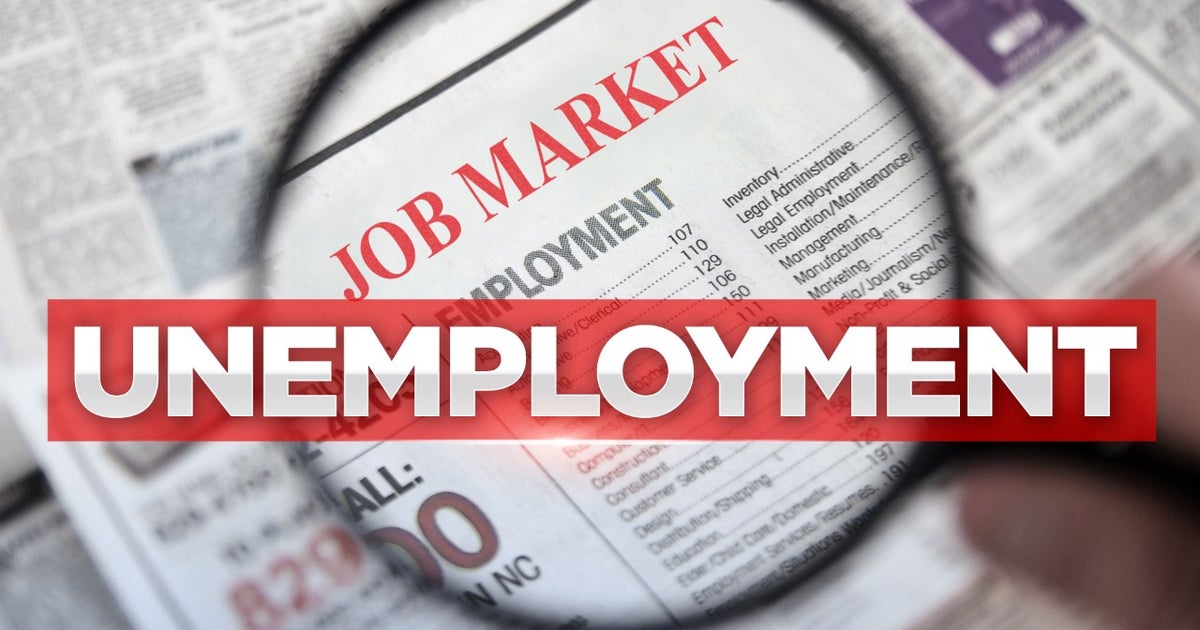Exclusive: JFK Death Threat Note From Nov. 1963 In Miami Revealed For 1st Time
MIAMI (CBSMiami) – It's been 50 years since a nation's innocence was stolen and Camelot came crashing down when President John Fitzgerald Kennedy was assassinated in Dallas, Texas.
The young president faced threats on his life throughout his brief time in office before things came to a crescendo of terror in late November 1963 and South Florida played a crucial role in the days leading to Kennedy's murder at the hands of Lee Harvey Oswald.
Just days before Kennedy's life was ended as shots pierced the cold, November air in Dallas; he was in South Florida for what appeared to be a fairly routine presidential visit. The trip came at a time when there was growing concern over the safety of the young president.
Now, for the first-time in history, CBSMiami.com has the documents that reveal a bomb threat against JFK in Miami just days before his death. It's a threat CBSMiami.com has confirmed that the local police knew about, but the FBI didn't.
The story starts with a letter postmarked November 16, 1963. The letter was mailed from Miami Beach and addressed to the "Chief of Police of Miami." The letter was from a group called the "Cuban Commandos" and threatened both President Kennedy's life and that of then-Miami Mayor Robert King High.
The letter read (emphasis from the author):
"The Cuban Commandos have the BOMBS ready for killing JFK and Mayor KING HIGH either at the AIRPORT or at the Convention Hall.
A Catholic PADRE is going to give instruction at Cuban Womens Broadcast at (illegible time) tonight by "(illegible RADIO)" and then all are invited to Bayfront Park Auditorium and take along a BOTTLE of wine, wiskey (sic), Etc. to decide who will throw the bombs. At King High because he did sign the Ord. about (illegible) being only American Citizens and sending refugees away, Etc. Mary"
Mayor High was a young attorney when he was elected mayor of Miami in 1957. He would go on to run for governor of Florida in 1964 and 1966. He also was close to Kennedy and was one of the first Florida officials to support JFK's 1960 presidential campaign.
Kennedy was coming to South Florida on Monday, November 18, 1963. According to reports from the time by CBS4 news partner the Miami Herald, an extra 250 Metro and Miami police officers were assigned to the presidential detail for his visit.
Two former MDPD officers, including former Director Fred Taylor, told CBSMiami they didn't know about the bomb threat, probably because they were rookies. But some in the Metro Dade Police Department knew of a potential threat and assigning 250 extra officers to the detail wasn't possible.
Bob Hoelscher worked for the Miami-Dade Police Department for 50 years and was a counter-sniper and observer on the terrace deck of the airport hotel on November 18, 1963; the day Kennedy arrived in Miami. He guarded almost every VIP that came through Dade County from Kennedy to Clinton and started the tactical special weapons team, later known as SWAT, in 1970.
He called the idea of that many extra cops, "laughable."
"Those numbers and those resources were not there," Hoelscher said. "At the time, that would have been about the entire strength of our department."
Hoelscher told CBSMiami.com that he knew of potential threats to the president ahead of his November visit.
"I was told that information had been developed that the Cubans might start a protest at an unknown location and they might make an attempt on the life of the President if there was sufficient distraction," Hoelscher said. "I was told to keep this information to myself, watch the periphery and look for anything unusual."
While Hoelscher and some others in the police department knew, it was strictly on a "need to know" basis.
"The information about the death threat was not shared with the rank and file out of fear that the media would find out," Hoelscher said.
Still, the FBI didn't have any knowledge of the specific threat in Miami.
"Doesn't look like the FBI knew about it (the bomb threat)," said FBI historian Dr. John Fox. "I'm not finding anything involving the FBI for that date and that Presidential visit to Miami."
The young Kennedy was in town to give a speech to the Inter-American Press Association. Kennedy would speak for 25 minutes before the group. Kennedy was brought by helicopter to Haulover Beach and then by motorcade, only blocks away, to the Americana Hotel, which later became the Sheraton Bal Harbour.
By utilizing a chopper, the Secret Service and local authorities were able to minimize Kennedy's vulnerability.
"Using the helicopter had always been a part of the plan because an extensive motorcade is always a high hazard. There's just too much geography involved (between Miami International Airport and Bal Harbour)," Hoelscher said. "There was talk at one point of having a decoy motorcade, but the resources just weren't there."
Kennedy had faced attempts on his life since before he even took the oath of office in 1961.
In 1960, Secret Service agents tracked a threat against Kennedy that nearly succeeded. Richard Pavlick came to West Palm Beach to the Kennedy compound with a Buick that the Secret Service said was filled with enough dynamite to "level a small mountain."
On December 11, 1960, a little more than a month before the president-elect was to take office, Pavlick was going to drive his car into Kennedy's limo after JFK left his home. But, Kennedy's entire family was with him that day in the limo and Pavlick said he didn't want to kill the entire family, only JFK. Pavlick was arrested a few days later by a Palm Beach Police officer, according to Smithsonian Magazine.
According to the Herald, Kennedy's 1963 speech in Miami talked about keeping Communism out of Latin America and JFK referred to Castro's eventual downfall three times in the speech. JFK, according to the Herald, also met in private for a few minutes before the banquet with four men who were part of the failed Bay of Pigs invasion.
Instead of being taken back to Miami International Airport by car, Kennedy was taken back to a waiting helicopter and flown to the airport to board Air Force One. The President's plane was wheels up by 9:14 p.m. on November 18 on his way to Washington.
Kennedy had just three days to live.
CBSMiami.com has also obtained two crime lab reports that indicate local police were actively investigating the bomb threat letter.
On Tuesday November 19, the Metropolitan Dade County Public Safety Department issued a lab report, case number 714987, which detailed the analysis of the bomb threat note. The memo was sent to Lt. L.J. VanBuskirk of the Criminal Intelligence Section of the Public Safety Department.
The note read:
"On November 18, 1963 Detective Ciacco of our Criminal Intelligence Section submitted to this office an anonymous typewritten card addressed to "The Chief of Police, Miami, Fla." This card was submitted for documentation and study."
"Studies of the typewriting on the card reveal that the type-writing was executed on a Royal Typewriter, pica type, with serial numbers near the 4,000,000 series."
"The date of manufacture of such a machine would be before 1952."
The note was signed by Vincent E. Severs, Criminalist, Crime Laboratory Bureau.
But again, the FBI has no record of ever being notified about the threat that was made against JFK for the November 1963 trip. CBSMiami.com reached out to the U.S. Secret Service to ask if they had any record of the bomb threat, but the Secret Service hasn't responded as of press time.
Metro Dade Police's investigation into the note continued as Kennedy traveled to Dallas, Texas a few days later. The same day Kennedy was driving in his motorcade in Dallas, November 1963, a Metro Dade Police memo was again issued with further test results conducted on the presidential death threat note.
According to the memo dated November 22, 1963, and again directed to Lt. L.J. VanBuskirk, Supervisor Criminal Intelligence, "Additional information reveals that the typewriter the card was written on was a Royal manufactured between 1947 and 1949. It is more likely it was manufactured in 1948."
The second memo was sent from Charles Black, Agent, Criminal Intelligence.
But, at 1:30 p.m. Eastern Standard Time on November 22, the same day the second memo was issued; bullets fired by Lee Harvey Oswald ended the life of America's 35th president and took much of an entire generation's innocence with it.






